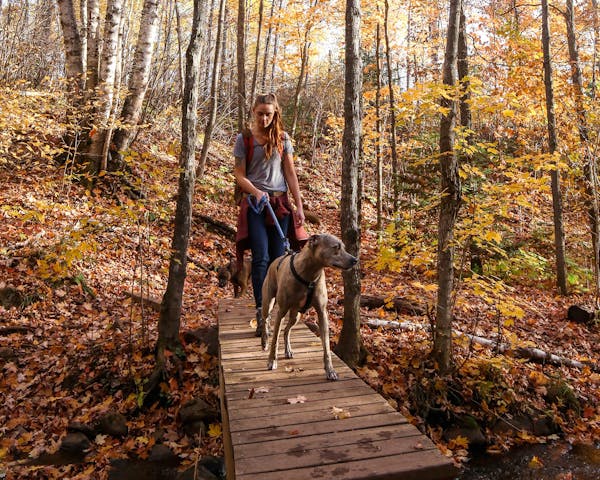Minnesota's eight species of turtles most often lay their eggs in June, meaning females leave their wetlands and crossing roads in search of higher nesting grounds.
Each year, thousands of turtles are killed on roadways, especially during nesting season. Turtles might not reproduce until the age of 14, and they rely on nesting for many years to compensate for a high rate of predation on their eggs and young. A mature female killed on a road is a significant loss for the turtle population.
The female turtles that are gravid (swollen with eggs) seek a proper place on land to dig a hole for their eggs. A location is usually in the open because warmth from the sun is important for the development of the young. The choice of place is made with care. Turtles will travel fairly long distances from water to find a suitable spot. Many are killed when slowly crossing country roads and busy highways.
The female turtle uses her hind feet to dig out a hole as deep as her feet can reach. After the eggs are laid, she covers them with soil. Some turtles go to great pains to make the finished nest look as natural as possible so that it will not attract the attention of raccoons and other predators. The turtle departs when the job is done. She plays no added role in the future life of the eggs or the baby turtles when they hatch. The two most common turtle species in Minnesota, the snapping turtle and the painted turtle, lay 20 to 40 eggs or four to 10 eggs, respectively, at a rate of about two every minute.
The amount of time it takes for bird eggs to hatch is quite exact (for example, American robin eggs hatch in 12 to 14 days) because they are kept warm by the warm-blooded parent bird. It's different with turtles, which are cold-blooded. Their eggs get their warmth from the surrounding earth, heated by the sunlight and the local weather, so the time it will take them to hatch is quite varied. Usually as much as two to three months or more pass.
A friend called a few days ago and said he just found two tiny painted turtles, each about the size of a quarter, in his yard near a pond. No doubt these are young that spent the winter underground in the nest their mother dug and covered with soil last June. Late ones wait until the following spring to come out of the nest and head for a lake or wetland, always fending for themselves.
Jim Gilbert's Nature Notes are heard on WCCO Radio at 7:15 a.m. Sundays. He taught and worked as a naturalist for 50 years.
